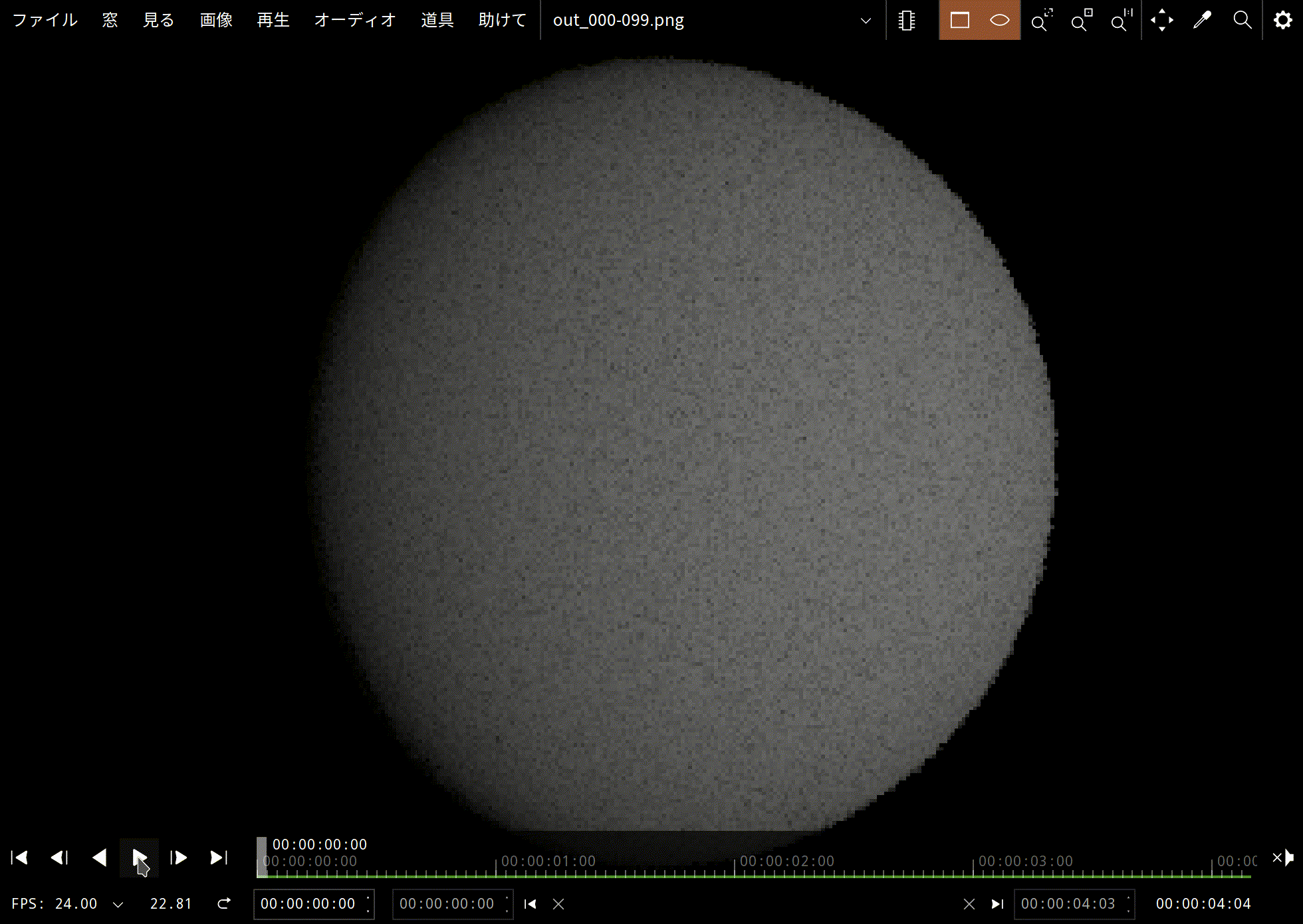-
Notifications
You must be signed in to change notification settings - Fork 267
New issue
Have a question about this project? Sign up for a free GitHub account to open an issue and contact its maintainers and the community.
By clicking “Sign up for GitHub”, you agree to our terms of service and privacy statement. We’ll occasionally send you account related emails.
Already on GitHub? Sign in to your account
Geometric differentiation cannot optimize vertex positions at all. #182
Comments
|
Have you given the new version of the plugin a try? |
|
I tried the new version but it still doesn't work. If I make any progress, I will report it here. |
|
Hi @udemegane , Please have a look at the tutorials in the How do you modify the mesh at every iteration? Do you let the optimizer move the vertices directly using gradient descent to are you implementing a intermediate step, like in the tuto? (e.g. constrained to displacement along the normals)? |
|
@Speierers I get errors when I run pathreparam ex. For ex, I ran I have RTX 2080 with 11MiB RAM. When I build in debug mode, the gdb bt complains path-reparam.cpp:449 |
|
It is possible that you are running out of memory on your GPU, the |
|
@Speierers |
|
@Speierers Yeah it turns out spp got me again. I reduced it to 16 and everything worked. Is there a rule of thumb for memory with |
|
I finally got the understanding about the pre render callback function. I also fully understood this issue by reading the pathreparam paper. All causes are simply that there were cases where the mesh was "not valid". Careful reading of the documentation tutorials will work around this issue, so I shut this out. Thank you for all your efforts! |
I'm not an English native, so I first apologize for the unnatural English.

I am using the "pathreparam" plugin (OptiX6.5) to test geometric differentiation. It transforms the base sphere object into another body.
However, it exhibits very unnatural behaviour.
The following is a video that attempts to transform a sphere into an ear.
I've tried multiple approaches, such as parameter tuning, regularization,
setting background objects and adjusting lighting etc.but I can't avoid mesh collapse.
Curiously, this collapse of the mesh changes shape each time you run your code. (Despite the exact same program)
Depending on the object to be transformed, the collapse of the mesh can be almost avoided.
I have no idea what is happening.
Thank you.
The text was updated successfully, but these errors were encountered: